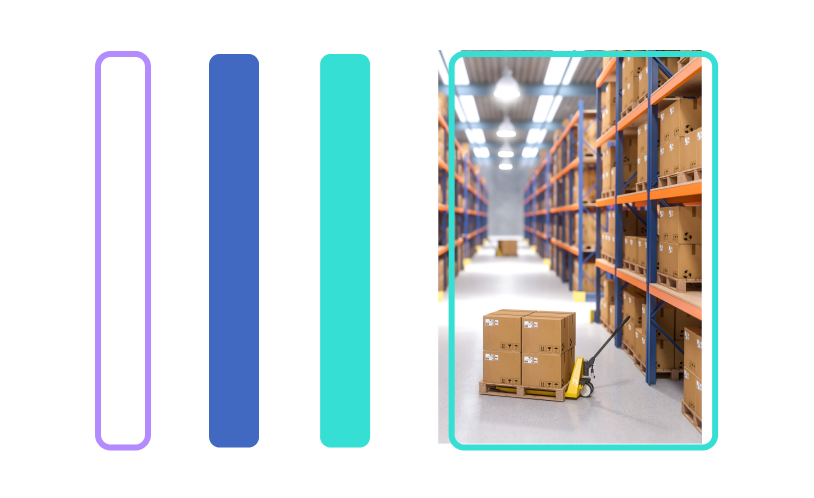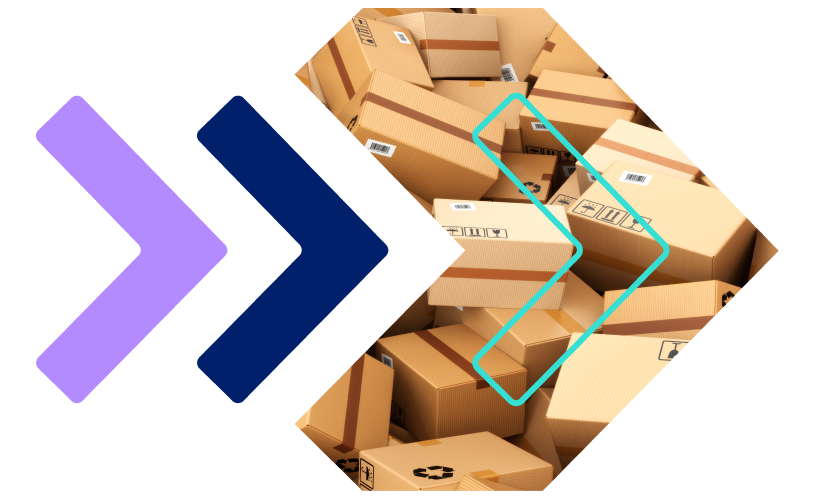Of the four methods for getting stock from the factory to the customer, direct fulfillment is the one that businesses usually start out with. This guide compares the benefits and drawbacks of direct fulfillment with another popular method, outsourcing to a third-party logistics provider (3PL).
Because direct fulfillment, or self-fulfillment, means doing it yourself, this guide also provides an overview of inventory management.

Advantages Of Direct Fulfillment
- You gain full control over your branding, inventory, and orders.
- It is easy to get started as long as you have the space, can print address labels, pick and pack, and stand in line at a post office. That means you can fulfill orders yourself!
- It works well if your core customers are local, the logistics are manageable, and the shipping costs are minimal, especially when starting out or when used with small order volumes.
- As opposed to most 3PLs, you can store and ship perishable or hazardous (but still shippable) goods, like flowers or lithium batteries.
- You can get closer to your customers because this option comes with more customer contact. It’s also simple to customize branding and packaging.
Disadvantages Of Direct Fulfillment
- This method requires staff resources to manage customer service and fulfillment processes. This is probably taking your resources away from selling and growing the business.
- You need to have sufficient warehouse space to store products.
- It can be more difficult guaranteeing fast international shipping than working through a 3PL.
- Human errors can happen when orders increase in size and complexity, and especially if you are not using software to help with managing your inventory.
Advantages Of Outsourcing
- There are no resource or skills prerequisites.
- It frees up space.
- Finding the right 3PL can save you time and money, through economies of scale with bulk shipping rates, for instance.
- It works well with both local and international distribution, and you can get speedier delivery by taking advantage of multiple storage locations.
- It works well for a fast growing business with large order volumes.
- You can still opt to control customer service and returns.
Disadvantages Of Outsourcing
- You have less control over your inventory and the customer experience.
- Finding the right provider who you can trust and rely on can be time-consuming.
- 3PLs can be an expensive cost, especially when you only have small quantities of orders.
- Generally, 3PL providers won’t allow perishable, hazardous, or flammable goods.
Another disadvantage of outsourcing is that their streamlined operations may not work well for your product. For example, they may not be able to repeatedly accommodate for a particular risk of breakage that your product has.
Keeping deep product know-how in-house with direct fulfillment means that you can make improvements on the fly to minimize future breakage scenarios. This places you in a much better position for success.
Inventory Management Best Practices
Inventory management is all about having the right amount of inventory, in the right place, at the right price, at the right time, and through the right sales, distribution and fulfillment channels that will move your stock. Here are some best practices for inventory management.
- Calculate the “right amount” of inventory to stock. You need inventory tracking at your fingertips to prevent ordering too little stock and losing customers. Likewise, if you order too much, you will be stuck with surplus stock that risks becoming obsolete if you don’t sell off at discount prices.
- Figure out the right place to sell and distribute your inventory. Do you sell on multiple channels? If you do, ensuring you’ve got the right amount of products in the right place is probably a challenge you face constantly. The great thing about selling products online is that you’re fulfilling all orders from the same pool of stock. So, you don’t have to think too much about how many items you want to allocate to individual sales channels. But this can come with a whole different host of problems. For instance, if your online inventory shows five items available, you want all five ready for sale in your warehouse, not traveling the country in a mobile shop or lying idle in your consignment store at the opposite end of the country.
- Assess what inventory management tasks are better automated. You will need to fix the right price, know the right time to reorder new inventory and have the right tool for managing your size of inventory. Many small, start-up businesses manage their inventory through an Excel spreadsheet. Once your business starts to grow and gain complexity, relying on spreadsheets for inventory management becomes cumbersome and time-consuming.
That’s probably the time to consider an inventory management system that tracks inventory movement across all your sales, distribution, and fulfillment channels (whether direct fulfillment or outsourced) in real time. Having an inventory management system will significantly reduce your risk of overselling or understocking.
By Mark Cohen, TradeGecko


